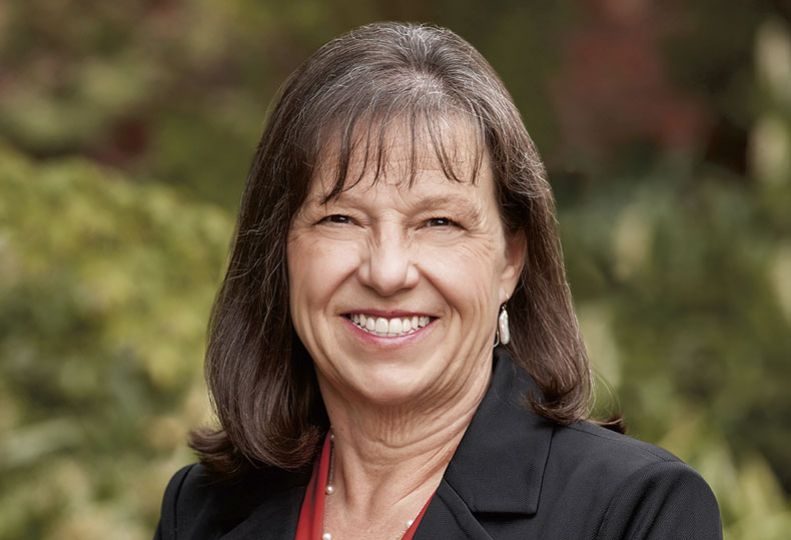
Home » Visions 2023: Health care challenges mount—but so do opportunities
Visions 2023: Health care challenges mount—but so do opportunities
Sector plays long game in addressing staffing, budgeting, technology

December 29, 2022
The future of health care is one of transformation, which frankly, I am excited about. While we look ahead, we must also look back at the biggest trends shaping the years to come.
The top health care headlines of 2022 cover many topics you’ve heard before and may be facing in your own industry: a staffing crisis that won’t end soon, unprecedented financial loss, and burnout. The list goes on.
We know those challenges will influence 2023 and well beyond. But with every challenge, we see an opportunity to shape the future of health care into a more equitable, accessible, and engaging experience for patients and caregivers.
Putting People First
Health care’s most valuable assets, our caregivers, are a primary focus going into 2023. While the country is suffering from a staffing shortage of health care workers, today’s modern workforce is exceptionally competitive. Sign-on and referral bonuses, competitive pay, and comprehensive benefit packages are just some of the ways Providence attracts top-tier talent.
But we can—and we are—doing more.
Solving the talent shortage is a long game, which is why we are partnering with local colleges and universities to help train and educate future health care workers. We go well beyond college campuses, into middle and high schools to teach young people about the exciting opportunities awaiting them in health care.
Providence eliminates barriers to entering the workforce by creating earn-while-you-learn programs where we pay for your education and help place talent in our hospitals and clinics. This is reaching every corner of the Inland Northwest, so that the future of health care is inclusive, passionate, and committed to serving diverse patient populations.
Of course, I can’t talk about staffing without talking to our staff, the thousands of physicians, nurses, medical assistants, respiratory therapists, and more who care for our community. This fall, I held more than 50 listening sessions across Providence hospitals and clinics. This provided me with new perspectives to shape our future.
Our caregivers inspired me with a resounding message that they are relentless in their work to serve because they love our community, they love their colleagues, and they are committed to our mission.
That gives me hope for the future.
Prioritizing
Preparedness
One thing is for sure: We will view all viruses differently after this pandemic. While no health care system was completely prepared for COVID-19 in late 2019, our special pathogens unit at Providence Sacred Heart Medical Center positioned us to be a leader in responding to this virus. As one of only 13 units of its kind, we were able to handle this virus in terms of personal protective equipment, negative airflow room needs, and other critical safety measures.
That specialized team and unit made Providence Sacred Heart Medical Center a safe place to receive some of the first COVID-positive cruise ship patients in early 2020 when the world knew little about the virus. That preparedness work continues thanks to a newly awarded federal grant.
We have learned so much since the onset of the pandemic, including how to prevent severe disease from COVID-19 through vaccination and best practices for treatment. There is still much to discover about this virus, which is why Providence is involved in nationwide studies that will shape the future of medicine.
Health care preparedness also includes communication. Information is coming to people faster than ever, from even more sources, and in many different forms. Especially during times of crisis, health care leaders must be dynamic, engaging, and a source of truth. Through collaborations with local, state, and national partners during the pandemic, we were able to achieve that. We’ll build upon those experiences so people know they can always turn to us for the facts that help them make decisions about their family’s health and wellness.
Tech Balance
While there have been amazing advances in medicine in the last 50 years, how people receive care has remained mostly unchanged. We can’t hang on to our brick-and-mortar mindset.
The pandemic was a springboard for rethinking how and where we can deliver care. For cold and flu symptoms, a virtual visit has become the norm. You can log in for the call from your couch and quickly get the help you need from an experienced provider.
For more serious ailments, a clinic or hospital visit is still an excellent option.
Having choices and information is at the center of what patients want these days. There is a lot of interest in more community health programs. I’m grateful for the technology that allows people to care for their health at home.
We are building more programs and investing in outreach opportunities to focus on helping people stay healthy, not just care for them when they’re sick.
While technological advancements have their benefits, we cannot lose the personal connection healing requires. We, and other health care providers, must balance convenience with compassionate, in-person care options.
Destination Health Care
Growing up in the Inland Northwest, I’ve watched Spokane bud into the health care destination that it is today. Skip the drive across the Cascade Mountains because world-class health care is readily available right here at home.
We are beyond blessed because Spokane has nationally recognized cardiac institutes, the region’s most advanced neo-natal care, globally renowned research centers for neurological diseases, and so much more. We owe much of that to our dedicated, experienced, and passionate health care workers.
Just as Spokane has transformed through the years, so will health care. And you can be sure that the future of health care and its many innovations will have their start right here in Spokane.
I look forward to what’s in store for 2023 and wish everyone a healthy new year.
Susan Stacey is the chief executive of Providence Inland Northwest.
Latest News
Related Articles



